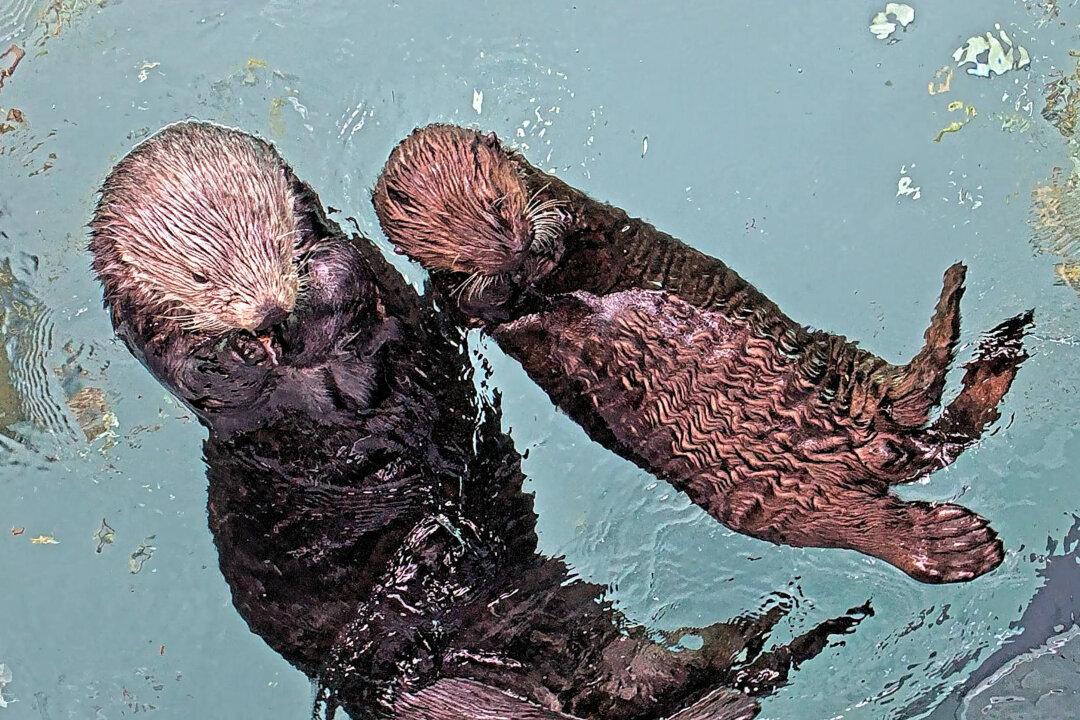An orphaned sea otter pup is settling into its new home at the Aquarium of the Pacific in Long Beach after being rescued off the coast of Santa Cruz County, officials announced.
Officials said Thursday the female pup will be the aquarium’s first “surrogate-raised'' otter for potential release back to the wild as part of a partnership with the Monterey Bay Aquarium Sea Otter Surrogacy Program.





